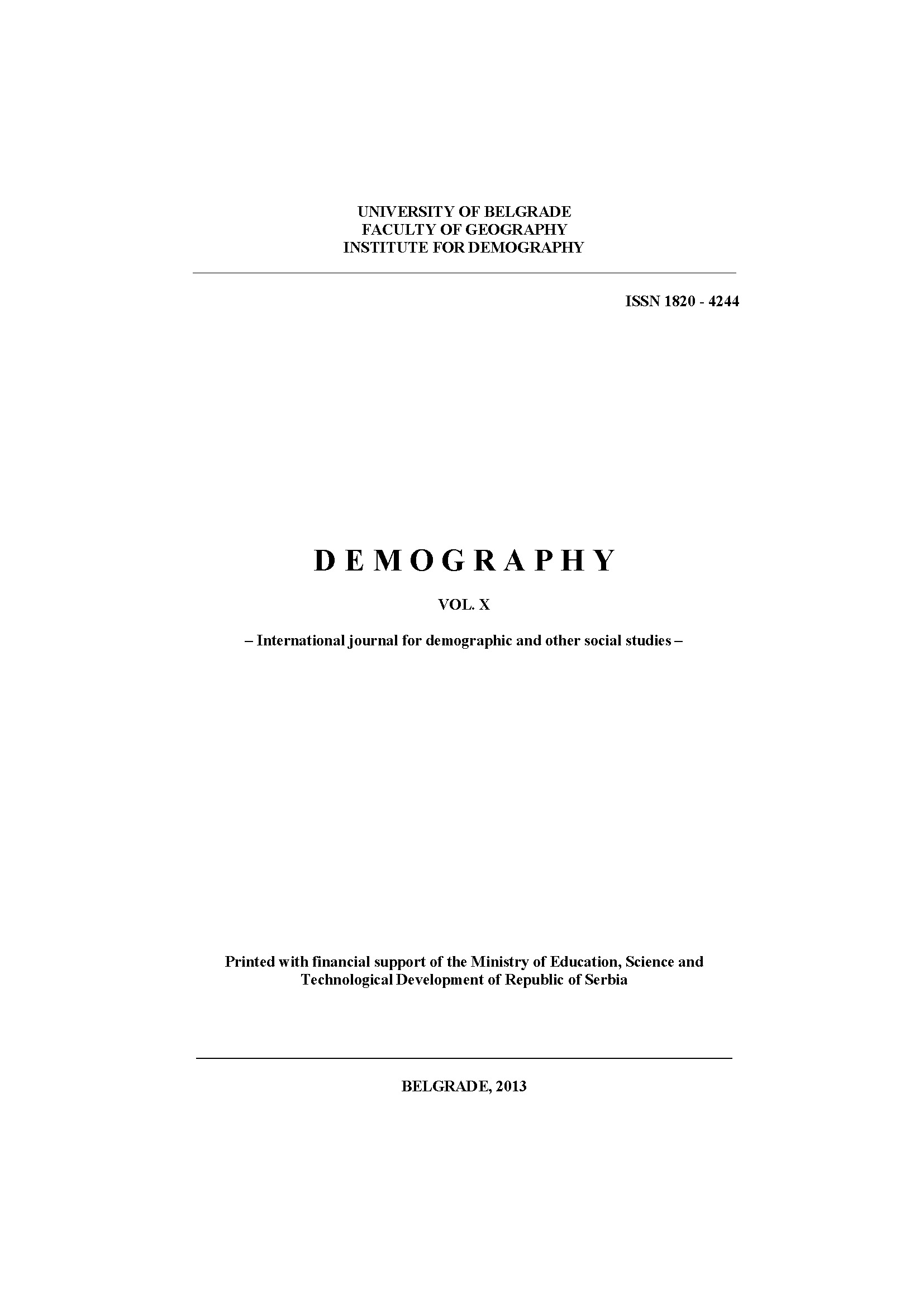Imigracija u Srbiji: stanje i perspektive, tolerancija i integracija
Serbia and Immigration: Current State of Affairs, Prospectives, Tolerance and Integration
Author(s): Mirjana V. BobićSubject(s): Social Sciences, Geography, Regional studies, Human Geography, Regional Geography, Sociology, Demography and human biology, Migration Studies, Ethnic Minorities Studies
Published by: Географски факултет, Универзитет у Београду
Keywords: Serbia;semi-periphery;immigration;tolerance;
Summary/Abstract: In recent years there has been a permanent increase in immigration flows to Serbia from various sources. One part stems from massive returns of Serbian citizens from EU in line with the Readmission Agreement. On the other side, volume of asylum seekers has been multiplied, although they are in vast majority striving to reach European, i.e. Western countries. Regrettably Serbia has been spotted as a European hotspot when it comes of undocumented migration, including victims of human trafficking, females and minors. Both demographic projections and experience of former socialistic countries indicate that in a long run, i.e. in decades to come, Serbia might face a transition from emigration to immigration, particularly with the accession to EU. Nonetheless, it seems that if this process is to be urged, the phenomenon of immigration should become more visible and contested for in public discourse. Thus general population should have become more sensitized to it. The main argument is that great stocks of immigrants would have been beneficial not only in terms of compensating for long term negative demographic trends in the country, but also for ameliorating of unfavorable economic dependency rates. But for this scenario to come true the main precondition is economic recovery and rise of employment opportunities in particular. Therefore the main idea of this paper is advocating for acceptance and support of immigration as one of the main strategies for social and demographic development, the goal which realization requests not only political will, appropriate institutional apparatus, but also changing attitudes and behavior of local population, their enhanced tolerance and readiness for common everyday living.
Journal: Demografija
- Issue Year: 2013
- Issue No: 10
- Page Range: 99-115
- Page Count: 17
- Language: Serbian

